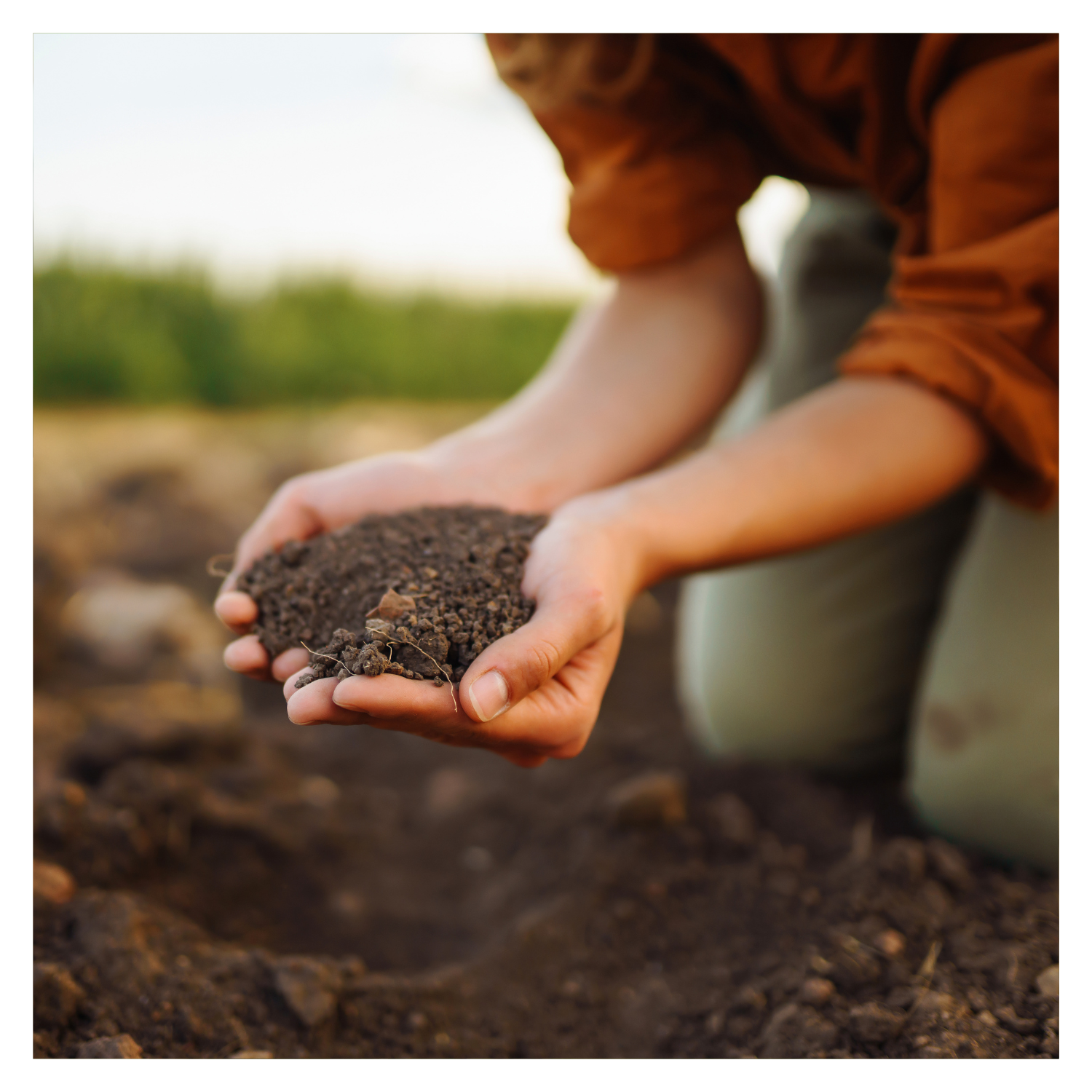Gardening in Zone 4 can be a rewarding yet challenging endeavor, especially when dealing with difficult soils such as sand and clay. These soil types present unique obstacles for gardeners, but with the right amendments and techniques, they can be transformed into productive growing mediums. In this article, we'll explore the characteristics of sandy and clay soils, the specific challenges they pose in Zone 4, and effective strategies for improving them.
Understanding Sandy and Clay Soils
Sandy Soil: Sandy soil is composed of large, coarse particles that provide excellent drainage but poor nutrient retention. This type of soil can quickly become dry and lacks the ability to hold onto essential nutrients needed for plant growth.
Clay Soil: Clay soil consists of very fine particles that stick together, creating a dense, compact structure. While clay soil can retain nutrients well, it often suffers from poor drainage and aeration, making it difficult for roots to penetrate.
Challenges in Zone 4
Zone 4 gardens face a unique set of challenges due to the region's cold winters and relatively short growing seasons. The harsh conditions can exacerbate the difficulties posed by sandy and clay soils:
- Cold Temperatures: Freezing temperatures can lead to soil compaction in clay soils and rapid drying in sandy soils.
- Short Growing Season: Gardeners have a limited window for planting and harvesting, making it crucial to optimize soil conditions early in the season.
- Nutrient Availability: Ensuring plants have access to essential nutrients is critical, especially in soils that either drain too quickly or hold water too tightly.
Amending Sandy Soil
To transform sandy soil into a more productive medium, consider the following amendments:
- Organic Matter:
- Compost: Adding compost improves sandy soil's ability to retain moisture and nutrients. Apply a 2-3 inch layer of compost and work it into the top 6-8 inches of soil.
- Manure: Well-aged manure adds organic matter and nutrients. Be sure to use manure that has been properly composted to avoid introducing weeds or pathogens.
- Mulch: Apply a thick layer of mulch around plants to help retain moisture, reduce temperature fluctuations, and suppress weed growth.
- Soil Conditioners:
- Coconut Coir: This sustainable byproduct of the coconut industry helps improve moisture retention.
- Biochar: Adding biochar can enhance soil structure, increase water retention, and provide a habitat for beneficial soil microbes.
Amending Clay Soil
Improving clay soil requires amendments that enhance drainage and aeration while maintaining nutrient retention:
- Organic Matter:
- Compost: Just as with sandy soil, compost is invaluable. It helps break up the dense structure of clay soil, improving drainage and aeration.
- Leaf Mold: Decomposed leaves are particularly effective at loosening clay soil and enhancing its texture.
- Soil Aeration:
- Gypsum: This mineral helps break up compacted clay without altering soil pH. Apply gypsum according to package instructions and till it into the soil.
- Sand and Grit: Coarse sand or horticultural grit can be mixed into clay soil to improve drainage. Be cautious with the amount used, as too much can lead to concrete-like conditions.
- Raised Beds: Consider building raised beds filled with a balanced mix of topsoil, compost, and other organic matter. This allows for better control over soil conditions and drainage.
Ongoing Soil Care
Maintaining improved soil conditions requires ongoing care and attention:
- Cover Crops: Planting cover crops like clover or winter rye during the off-season can add organic matter and improve soil structure.
- Regular Testing: Periodic soil testing helps monitor nutrient levels and pH, allowing for targeted amendments as needed.
- Crop Rotation: Rotating crops helps prevent soil depletion and reduces the risk of pest and disease buildup.
Gardening in Zone 4 with sandy or clay soils presents challenges, but with the right amendments and practices, you can create a thriving garden. By incorporating organic matter, improving soil structure, and maintaining ongoing soil health, you can transform difficult soils into fertile ground for a bountiful harvest. Happy gardening!




